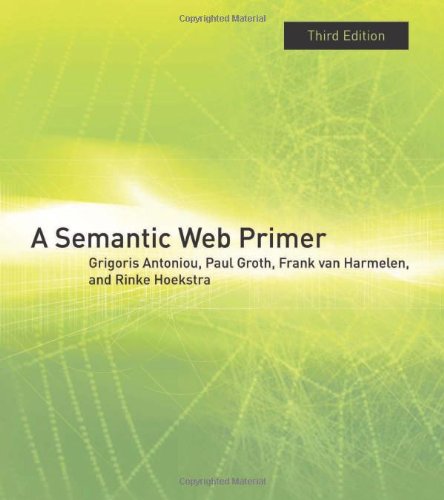

Most ebook files are in PDF format, so you can easily read them using various software such as Foxit Reader or directly on the Google Chrome browser.
Some ebook files are released by publishers in other formats such as .awz, .mobi, .epub, .fb2, etc. You may need to install specific software to read these formats on mobile/PC, such as Calibre.
Please read the tutorial at this link: https://ebookbell.com/faq
We offer FREE conversion to the popular formats you request; however, this may take some time. Therefore, right after payment, please email us, and we will try to provide the service as quickly as possible.
For some exceptional file formats or broken links (if any), please refrain from opening any disputes. Instead, email us first, and we will try to assist within a maximum of 6 hours.
EbookBell Team

4.1
90 reviewsThe development of the Semantic Web, with machine-readable content, has the potential to revolutionize the World Wide Web and its uses. A Semantic Web Primer provides an introduction and guide to this continuously evolving field, describing its key ideas, languages, and technologies. Suitable for use as a textbook or for independent study by professionals, it concentrates on undergraduate-level fundamental concepts and techniques that will enable readers to proceed with building applications on their own and includes exercises, project descriptions, and annotated references to relevant online materials.
The third edition of this widely used text has been thoroughly updated, with significant new material that reflects a rapidly developing field. Treatment of the different languages (OWL2, rules) expands the coverage of RDF and OWL, defining the data model independently of XML and including coverage of N3/Turtle and RDFa. A chapter is devoted to OWL2, the new W3C standard. This edition also features additional coverage of the query language SPARQL, the rule language RIF and the possibility of interaction between rules and ontology languages and applications. The chapter on Semantic Web applications reflects the rapid developments of the past few years. A new chapter offers ideas for term projects. Additional material, including updates on the technological trends and research directions, can be found at http://www.semanticwebprimer.org.